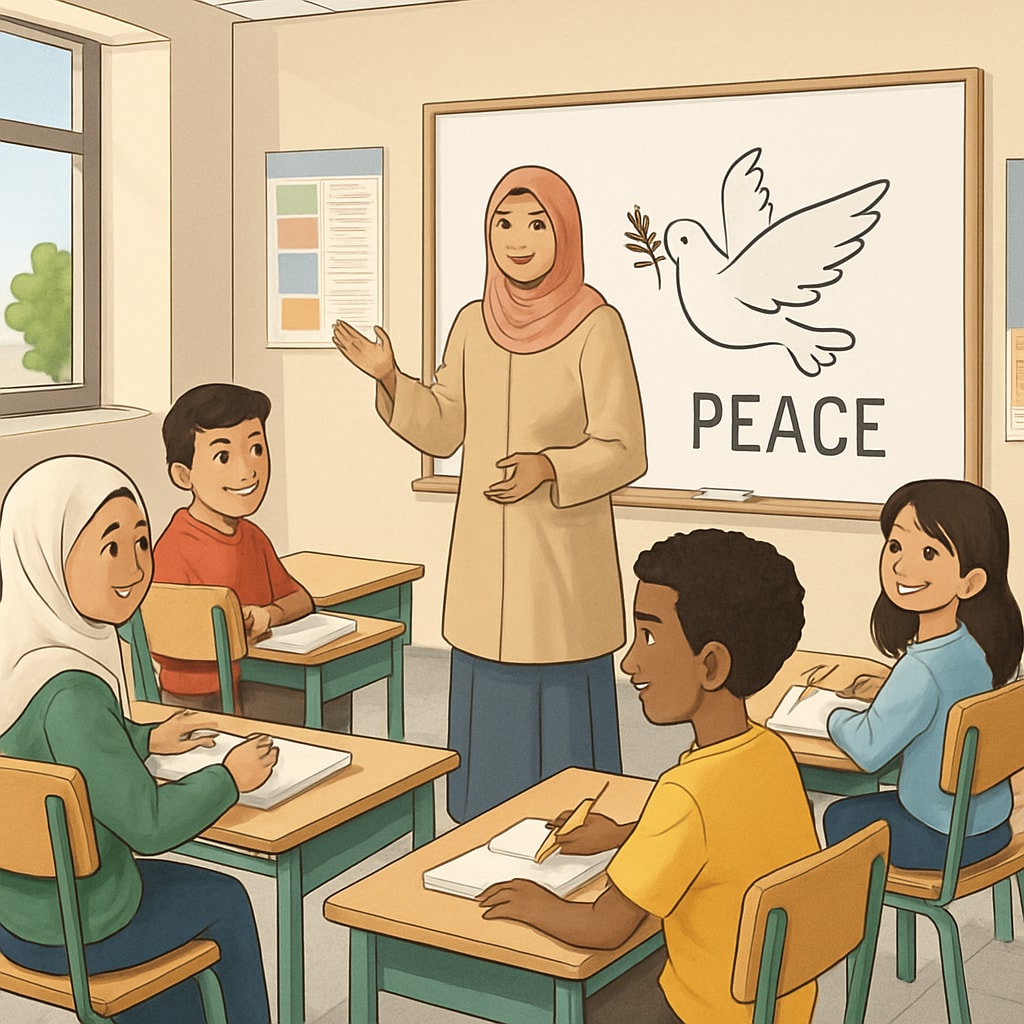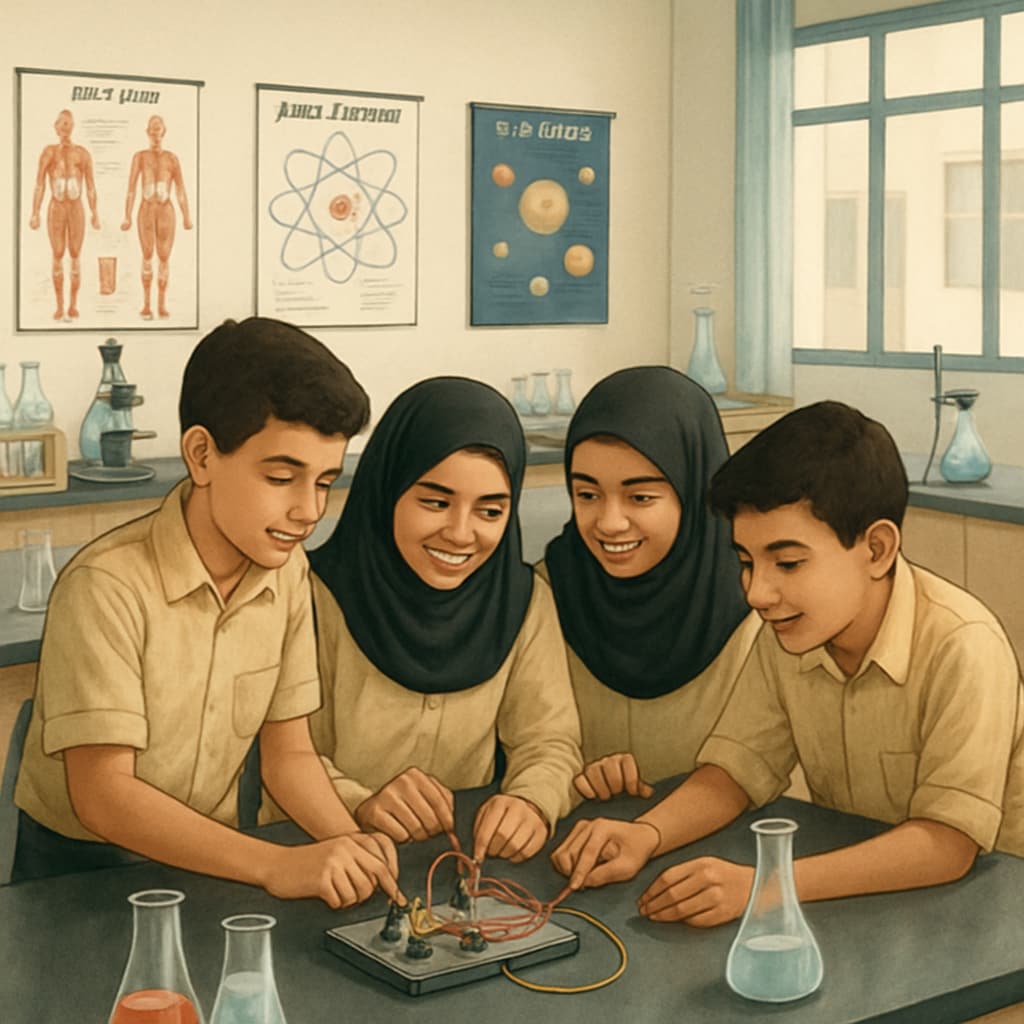Designing a teaching curriculum for newly built schools in Gaza, particularly under the Israel-controlled region, is a complex and sensitive task. Educational frameworks here must address the dual challenge of serving a population affected by ongoing conflict while aligning with international education standards. Science and social studies, integral subjects for fostering critical thinking and global awareness, require special attention to incorporate peace education, cultural sensitivity, and academic rigor.
Key Challenges in Curriculum Development for Gaza Schools
Curriculum design in conflict-affected regions like Gaza faces unique hurdles. These include political sensitivities, resource limitations, and the socio-emotional needs of students. In addition, the teaching of science and social studies must navigate the following challenges:
- Cultural Diversity: Gaza’s population is a mix of various cultural and social groups. Curricula must respect and reflect this diversity to promote inclusivity.
- Peace and Conflict Resolution: Incorporating peace education is vital in a region marked by tension. Social studies can play a pivotal role in teaching non-violent communication and understanding historical narratives.
- Global Standards: The need to align with international education standards ensures that students receive a competitive education, enabling them to pursue opportunities beyond their borders.

Integrating Peace Education into the Curriculum
Peace education is particularly important in Gaza schools, as it equips students with the skills to manage conflict constructively. Social studies curricula can emphasize:
- Historical Understanding: Presenting multiple perspectives on historical events to foster critical thinking.
- Interpersonal Skills: Teaching empathy, active listening, and problem-solving to build better relationships among students.
- Community Projects: Encouraging participation in initiatives that promote community development and cooperation.
Science education can also contribute by promoting collaboration, innovation, and ethical considerations in solving real-world problems. For example, students could work on projects addressing local environmental challenges, fostering a sense of shared responsibility.

Balancing Local and Global Perspectives
A successful curriculum must strike a balance between local cultural values and global educational standards. For instance, science education could integrate topics like renewable energy, a global concern, while tailoring examples to Gaza’s unique environmental context. Social studies could include lessons on global citizenship alongside discussions of local traditions and history. This approach ensures students are grounded in their identity while prepared for a globalized world.
To achieve this, collaboration with international education organizations can be beneficial. Resources and expertise from institutions like UNESCO can help shape a curriculum that meets global benchmarks without compromising local relevance. As a result, students gain the skills to thrive both within their community and on international platforms.
Conclusion: A Framework for Hope
Designing a curriculum for Gaza schools is not merely an academic exercise; it is a step towards rebuilding a community and fostering a generation equipped for peace and progress. By addressing cultural diversity, integrating peace education, and adhering to international standards, educators can create a framework that empowers students to overcome the challenges of their environment. This effort, though complex, represents a beacon of hope for the future of education in conflict-affected regions.
Readability guidance: This article uses short paragraphs, bulleted lists, and transition words to ensure clarity and flow. Passive voice is minimized, and sentence structures are kept concise to improve readability. The use of examples and actionable recommendations further enhances the article’s practical value.


